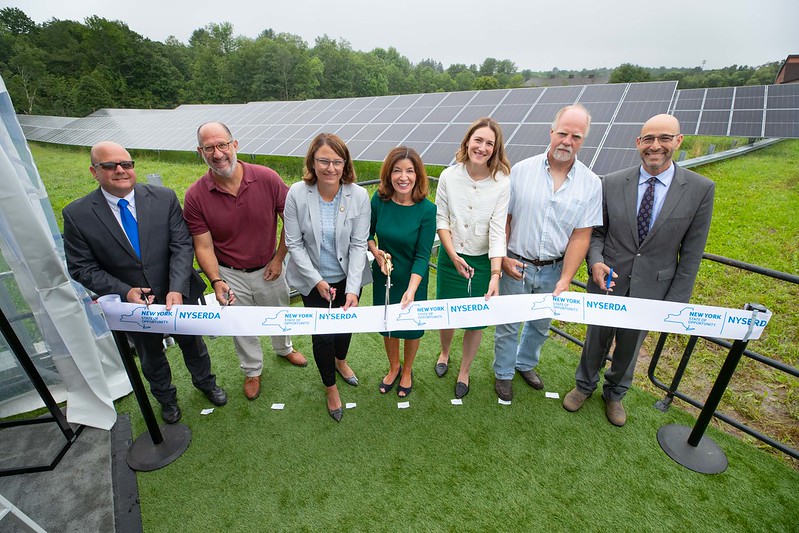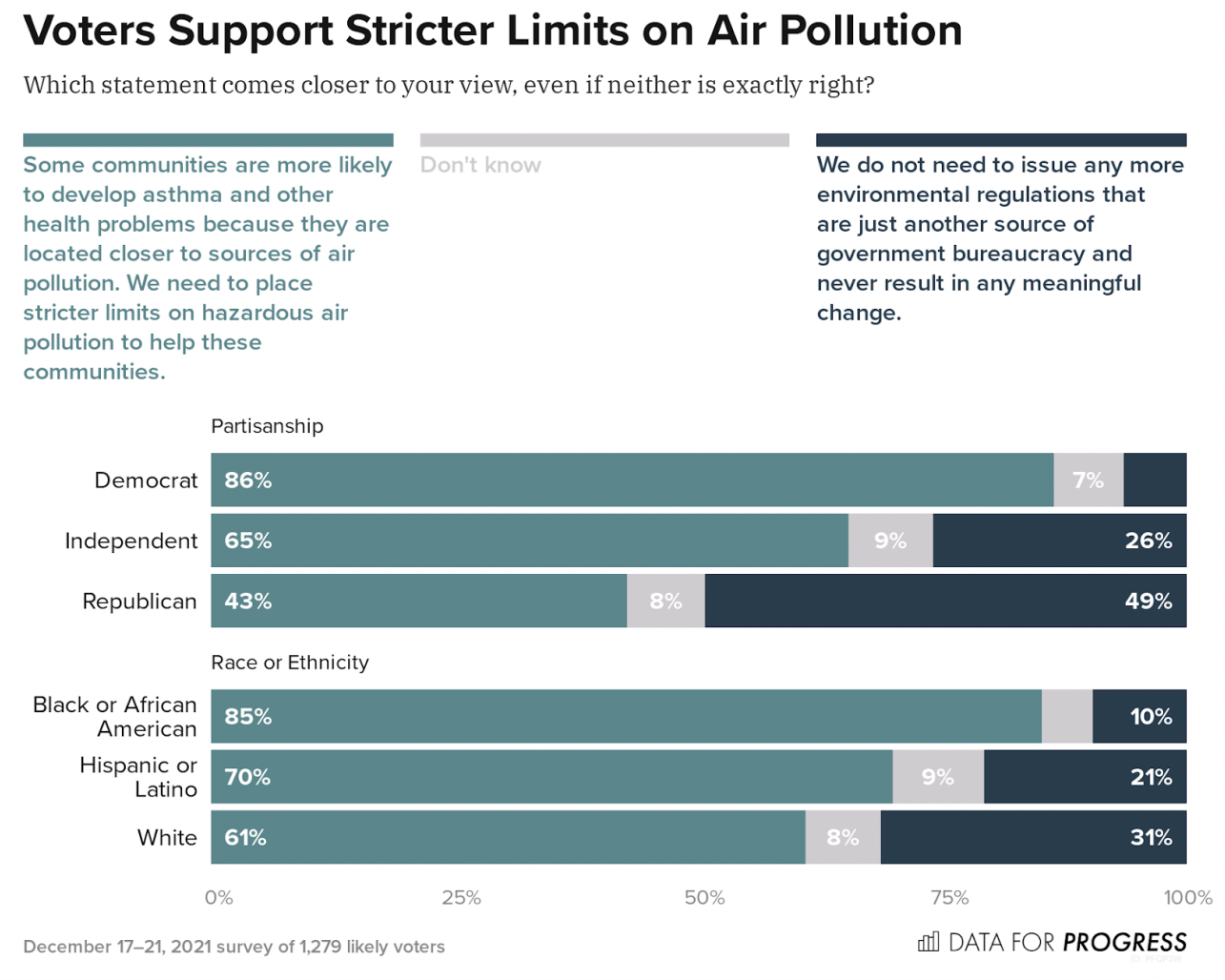Construction Industry Report More Evidence Scaffold Law Has Nothing To Do with Safety

Scaffolding in action (photo: Demetrius Freeman/Mayoral Photography Office)
The tragic increase in the construction death rate reported by the New York Committee for Occupational Safety and Health (NYCOSH) during the first year of the pandemic should concern all New Yorkers and inspire change in our worker safety laws. Unfortunately, one of the state’s most notorious laws does little to protect construction workers and instead lines the pockets of the state’s politically connected trial lawyers: the Scaffold Law.
Touted as a “safety law” by the plaintiffs bar and their allies, that distinction is dubious given the increase in fatalities NYCOSH notes. How an organization can claim that the only-in-New York Scaffold Law keeps workers safe while announcing an increase in construction injuries is beyond me. And it begs the question: does this unique liability law do anything to keep workers safe or does it simply enrich a politically connected special interest? For taxpayers and construction firms, it means infrastructure funding squandered on expensive lawsuits, project delays, and exorbitant liability insurance rates.
The Scaffold Law, a century-old statute, passed in an era when workers had little to no protection on job sites, holds property owners and contractors fully liable for gravity-related worksite injuries, even if the injured party is primarily at fault. Scaffold Law litigation is a main driver behind sky-high construction costs in New York, and causes delays and inflated price tags for important projects.
While NYCOSH and trial lawyer lobbyists claim the Scaffold Law enhances worker safety, research shows the opposite to be true. By examining more than 3,000 incidents, accross 42 states, over a ten year period, the authors of a study peer-reviewed by the Transportation Research Board at the National Academies of Sciences, Engineering, and Medicine concluded that the Scaffold Law, which only exists in New York, correlates to an increase in both fatal and nonfatal construction accidents.
That’s good news for personal injury trial lawyers – the law’s failure to enhance worker safety boosts their business by increasing claims and settlements. And they know it; attorneys advertise aggressively near construction sites and in working class communities, enticing construction workers to sue their employers, while maximizing their 33% cut of any settlement or verdict. New York’s lawsuit lending industry also benefits from the Scaffold Law and legal loan sharks are well known to hover near worksites and hospitals, handing out t-shirts and business cards.
New York must take action to combat the alarming rates of worksite injuries and deaths. The ineffective and costly Scaffold Law must be replaced with clear, specific regulations designed for the 21st century. Doing so will reduce the costs and delays caused by excessive litigation while protecting our construction workers.
***
Tom Stebbins is executive director at the Lawsuit Reform Alliance of New York. On Twitter @LawsuitReformNY.
***
Have an op-ed idea or submission for Gotham Gazette? Email This email address is being protected from spambots. You need JavaScript enabled to view it.
The Climate Crisis Requires Bold Action: $15 Billion and Build Public Renewables Now

Gov. Hochul at a solar farm event (photo: Philip Kamrass/New York Power Authority)
In 2019, I took a vote in Albany that I remain proud of to this day: after supporting the bill for many years, I voted to finally pass the Climate Leadership and Community Protection Act (CLCPA). I thought we were on track. The CLCPA made New York a true leader on climate, committing our state to a rapid decarbonization of our economy and ensuring that we invest in frontline communities most impacted by pollution and climate change.
The CLCPA includes aggressive benchmarks for getting off of fossil fuels: by 2030, 70% of our electricity must be from renewable sources, and by 2040 our state’s entire electric grid must be zero-emissions. These mandates line our state up with the emissions reduction timeline put forth by the Paris Agreement and make New York a climate leader — but only if we can meet them.
Three years later we have made pitiful progress in reducing our emissions, we’ve built almost no new solar or wind and actually burn more carbon today than in 2019. Just six percent of our electricity comes from wind and solar. For comparison, Texas, a state known for its conservative leadership and reliance on oil and gas, gets 17% of its electricity from wind alone, nearly three times as much as New York. We cannot in good faith claim climate leadership when our own energy profile lags behind so much of the country.
Earlier this month, I pressed leadership of NYSERDA -- the New York State Energy Research and Development Authority -- on New York’s renewable pathways, and they said we were on track, despite not even being halfway to our 2015 goals. This was shocking and disconcerting because if every renewable project in New York’s pipeline (of which only 4 of 63 have succeeded thus far) and the Champlain Hudson Power Express (CHPE) were fully operational, New York would still not meet the goals of having 70% of its energy come from renewable resources by 2030. It’s shameful, if this is what NYSERDA and Governor Hochul think is climate leadership.
That is why I sponsor the Build Public Renewables Act. The BPRA lifts the arbitrary generation cap on the New York Power Authority, the largest public power authority in the country, and enables it to own and build new renewable projects to ensure we meet the mandates of the CLCPA.
The Build Public Renewables Act would make the New York Power Authority accountable to everyday New Yorkers, and expand interconnection by removing uncertainty in the renewable buildout. We do not have time to waste, the recent spike in electric bills shows what happens when we are reliant on gas, we must build public renewables.
But renewables alone are not enough. It’s time to take a new tack, and put our money where our mouth is. That’s why I’m proud to stand with the NY Renews coalition and demand a $15 billion investment in climate, jobs, and justice for New York in this year’s state budget, due by April 1. This money will help us meet our climate goals, invest in frontline communities, and build a thriving, just economy for all. This $15 billion in concert with the Build Public Renewables Act would reestablish New York’s climate leadership. These two actions together would help us meet the ambitious and essential mandates of the CLCPA.
Ninety years ago, New York led on climate when Governor Franklin D. Roosevelt created the New York Power Authority, which became the New Deal model. New York can become a climate leader again. But we won’t get there with the same tired talking points of the past three years. Inaction now is disaster later. Half measures now is no better. Now is not the time for rose-colored optimism. We need to be serious, bold, imaginative, and we need to act at the scale of the crisis.
This means dedicating the necessary funding in the state budget to reach our climate goals. It means passing bills like my Build Public Renewables Act and Pollution Justice Act, which will allow our state to rebuild our energy system and economy for a sustainable future and eliminate dirty peaker plants.
Investing $15 billion for climate, jobs, and justice in this year’s New York state budget will put us on track to be the climate leaders we need to be. I’m calling on my colleagues and the governor to meet the incredible need of the moment and include all of these in our budget this year to truly lead.
***
Robert Carroll is the prime sponsor of the Build Public Renewables Act and represents Park Slope, Windsor Terrace, Kensington, Ditmas Park and other neighborhoods in the State Assembly. On Twitter @Bobby4Brooklyn.
***
Have an op-ed idea or submission for Gotham Gazette? Email This email address is being protected from spambots. You need JavaScript enabled to view it.
New Yorkers Deserve a Breath of Fresh Air

Kids at rest (photo: William Alatriste/City Council)
While New Yorkers have been battling the COVID-19 pandemic, another public health epidemic is on the horizon that similarly affects their capacity to breathe freely: asthma. In 2019, over 1.4 million New Yorkers were living with asthma, and this number has likely grown since then. Over 40% of Americans live in places with unhealthy air quality — and people of color are over three times more likely to be exposed to polluted air than their white counterparts. Even short-term exposure to air pollution is linked to asthma and other respiratory conditions.
Asthma is the most common chronic disease among children and a leading cause of school absenteeism. People suffering from asthma must reconcile its physical, financial, and emotional costs on a daily basis.
While New York has already taken action toward curbing asthma, including establishing stocking guidelines so asthma medications like albuterol can be accessed in public spaces and schools, these guidelines are not codified into law and are challenging to enforce. Other efforts that mandate guidelines to improve health metrics can often be counter-productive to their intended efforts, and set up under-resourced communities for failure in reducing asthma rates by basing metrics for success against communities’ capacities and access to resources.
We must take action to combat this public health and environmental justice crisis and mitigate air pollution at the source. New polling from Data for Progress shows that U.S. voters agree — they are demanding that action be taken to combat air pollution. Among likely voters, almost all Democrats (86%), almost two-thirds of independents (65%), and nearly half of Republicans (43%) support stricter limits on air pollution. Black voters are particularly concerned about air pollution, with 85% of likely Black voters in favor of increasing environmental regulations to mitigate air pollution. That’s not to mention that by reducing air pollution – specifically particulate matter – and greenhouse gas emissions, the U.S. could avoid 11,000 premature deaths and 1,600 asthma-related emergency room visits.

But New York can do much more to be a leader in mitigating asthma and air pollution, like expanding and electrifying public and private transit, through new biking infrastructure and expanding electric vehicle incentives. We can bolster asthma care for children by expanding our asthma-medication stocking in schools and subsidizing asthma-related healthcare costs so that medical care is affordable. And state government can ensure the voices of impacted communities are heard by establishing an advisory body to increase minority representation in asthma-mitigation efforts and funding its recommended actions.
In New York City, Senator Myrie (a co-author of this piece) has proposed legislation to reduce household pollutants by limiting the use of bug bombs in multi-unit buildings. Bug bombs — proven ineffective in fighting pests — are a significant cause of indoor air pollution for New Yorkers and a threat to health and safety. Common sense legislation like this is a vital first step toward combating air pollution and making New York communities healthier and safer. Let’s urge our state legislators to pass this bill.
We must take action to combat this public health and environmental justice crisis and mitigate air pollution at the source. Reducing exposure to air pollutants, improving access to healthcare and asthma-safe conditions, and empowering children, parents, and educators with better asthma management techniques to mitigate asthma and other respiratory issues offer a long-overdue start. Comprehensive, targeted asthma reduction and mitigation policies can help improve public health, reduce climate change, and advance environmental justice.
In a country where your ZIP code can be more predictive of your health than your genetic code, it’s lawmakers’ duty to enact the policies that make clean air a right for all and not just a privilege for the few.
***
State Senator Zellnor Y. Myrie is a Democrat representing the 20th Senate District, which includes the Brooklyn neighborhoods of Brownsville, Crown Heights, Prospect Lefferts Gardens, Park Slope and Sunset Park. Julia Jeanty is the Policy Manager at Data for Progress, where she oversees Data for Progress’s policy portfolio — developing original policy analysis and representing DFP’s work in policy working groups and beyond. On Twitter @SenatorMyrie & @Julia_Jeanty.
***
Have an op-ed idea or submission for Gotham Gazette? Email This email address is being protected from spambots. You need JavaScript enabled to view it.




